How to Use Stainless Steel Cable Ties Exploring 2 Effective Methods

How to Use Stainless Steel Cable Ties? Generally, there are two methods. The first involves manually tightening the tie and then using scissors to trim off the excess. The second method requires a specialized stainless steel cable tie tool, which provides a more precise and secure application.
Discover the Top 5 Unbeatable Computer Cable Ties for Effortless PC Cable Management in 2024
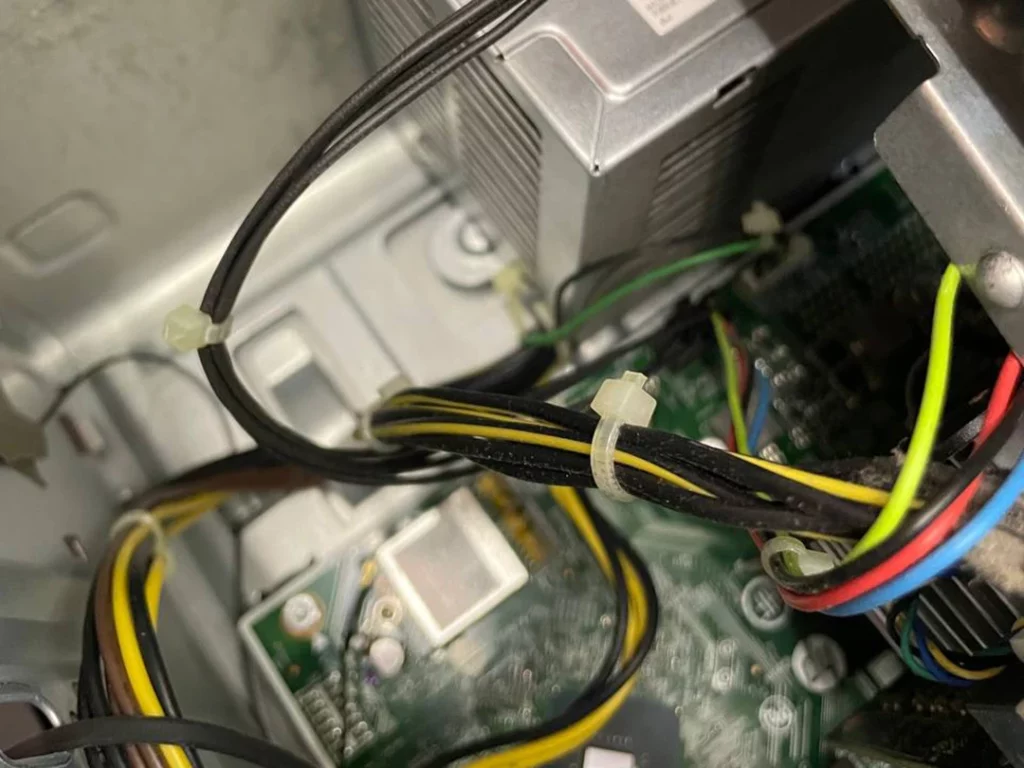
Computer cable ties play a crucial role in cable management, particularly within the intricate case of modern high-performance computers. As the arrangement of wires becomes increasingly intricate…
Why Cable Ties Break in Winter and How to Solve It
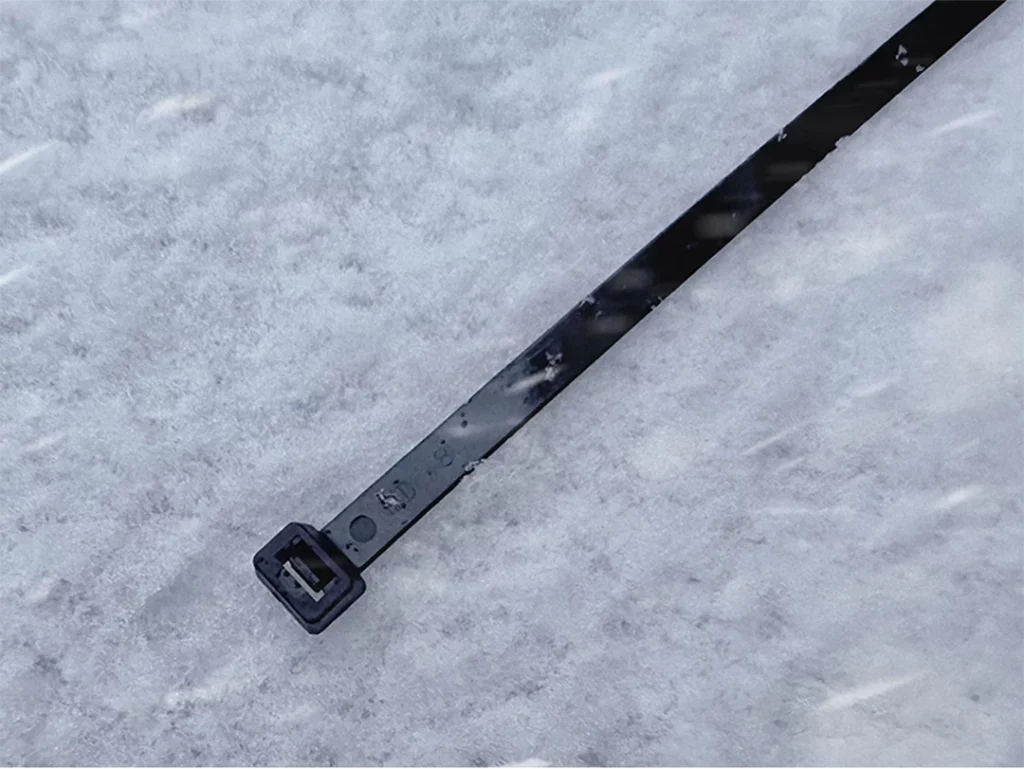
Why Cable Ties Break in Winter and How to Solve It? As winter sets in, some cable tie manufacturers face a recurring complaint raised by customers: “Why are the cable ties so brittle and prone to breaking?” This problem, common in cold climates, often leads to a question: Why do these normally durable ties fail in low temperatures? There are, in fact, several factors
Metal Zip Ties Material and Applications
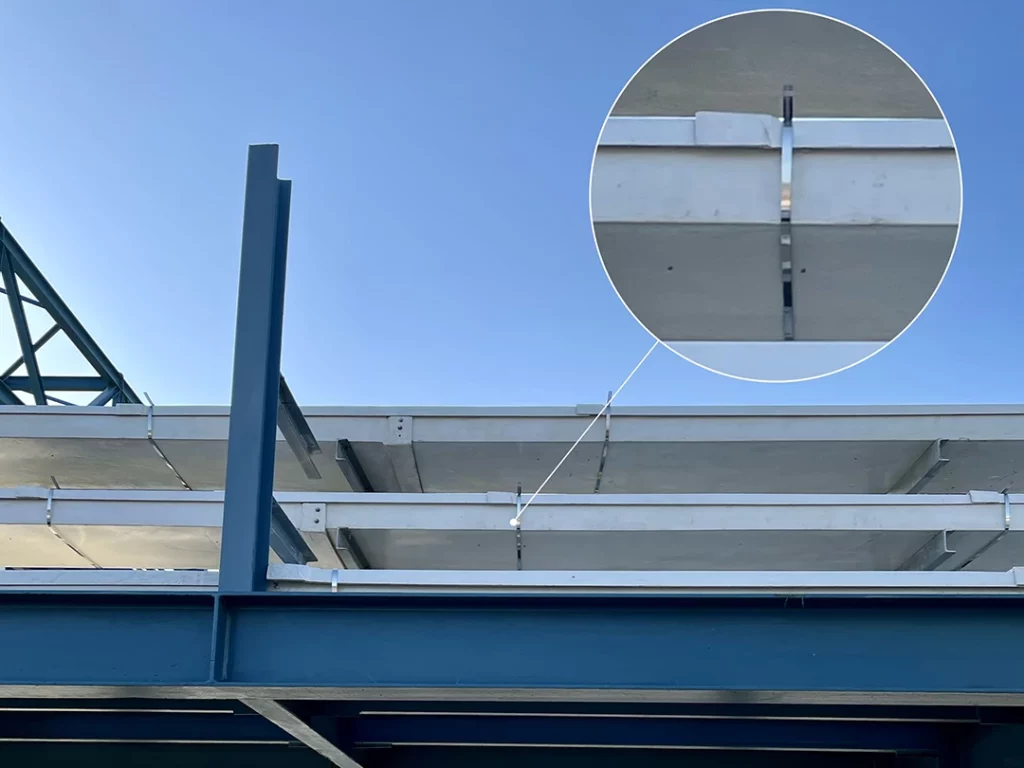
Metal zip ties material and applications are the focus of our discussion today. Metal zip ties are lauded for their exceptional strength and durability. They can also maintain stability and durability in various extreme environments. So, what material gives them such great performance? And what fields is it usually applied to? Let’s expand on it below.
What are Screw Mount Cable Ties
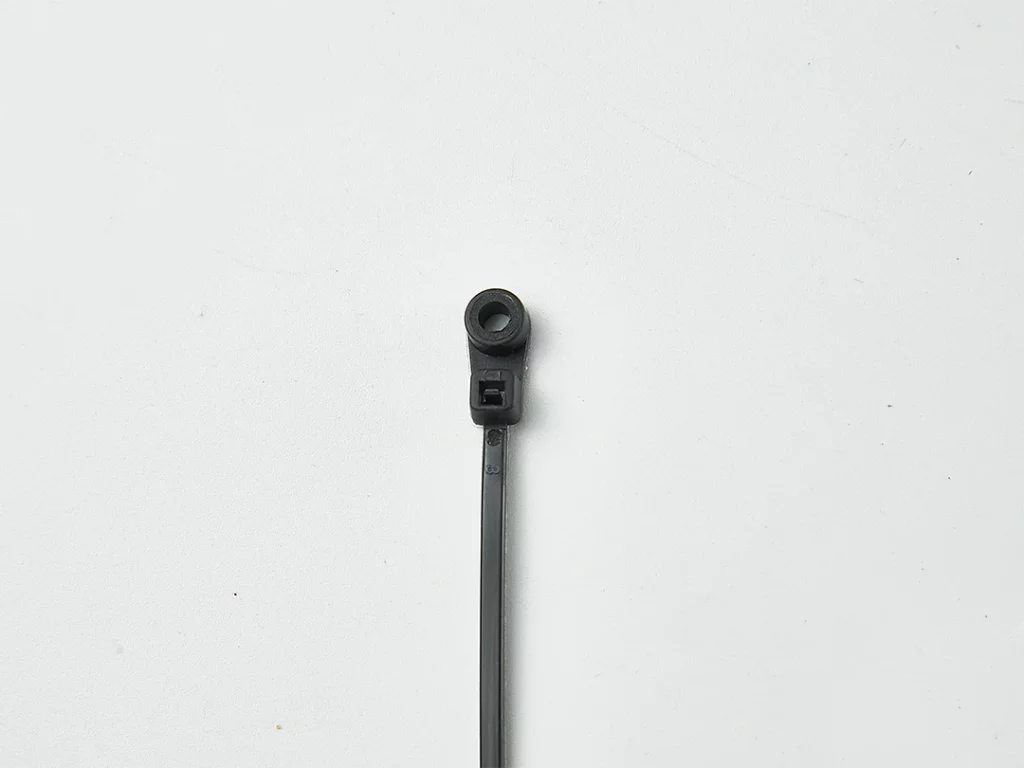
What are screw mount cable ties? Today, let’s explore a unique type of cable tie: the Screw Mount Cable Tie. These ties are pivotal in the realm of cable management. This article will comprehensively cover the design features, methods of use, and various applications of screw mount cable ties, helping you better understand how they ensure the orderliness and safety of cables.
3 Types of Cable Ties for Outdoor Use
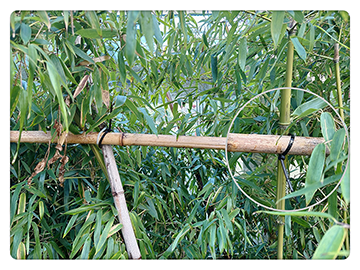
Today, we’ll take a brief look at three types of cable ties for outdoor use. When selecting cable ties for outdoor use, factors like weather resistance, UV stability, and tolerance to extreme temperatures play a significant role. This article focuses on 3 distinctive types of cable ties, each uniquely suited to withstand outdoor use. We aim to guide you through their features, helping you make informed decisions for your specific outdoor applications.
9 Different Types of Cable Ties

In this article, we aim to introduce 9 Different Types of Cable Ties, highlighting their unique functions and applications. Cable ties, made from PA66, may seem like simple tools, but they come in a wide range of types, each designed for specific purposes. From managing wires to aiding in general organization, the diverse applications have […]
Using Zip Tie Snow Chains in Snowy Conditions
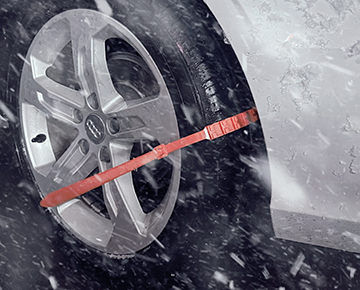
Using zip tie snow chains during snowy conditions is something quite familiar to people in colder regions. In the depths of winter, when snow covers the roads, they can become slippery, making regular tires prone to skidding and even losing control. In such scenarios, zip tie snow chains prove to be especially crucial. They offer a simple yet effective solution to enhance tire grip on snowy surfaces, thereby reducing the risk of accidents in slippery conditions.
How to Use Zip Tie Snow Chains in 4 Steps
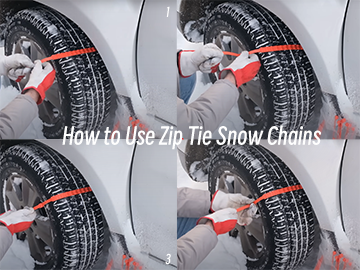
How to use zip tie snow chains for vehicles? Driving on snow-covered roads in winter poses significant challenges and hazards. To ensure driving safety, we often choose to attach “grippers” to the vehicle’s wheels, providing extra traction for steady driving and reducing the risks of sliding and losing control.
How Long Do Zip Ties Last
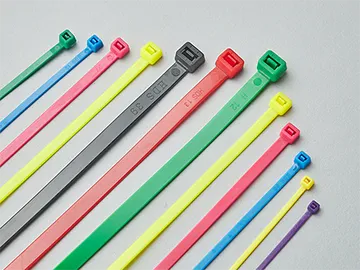
How long do zip ties last? This simple question involves many factors, including the zip tie material, its usage environment, and its application. Unable to provide a mere numerical answer, we’ve decided to write it down and share it with you.